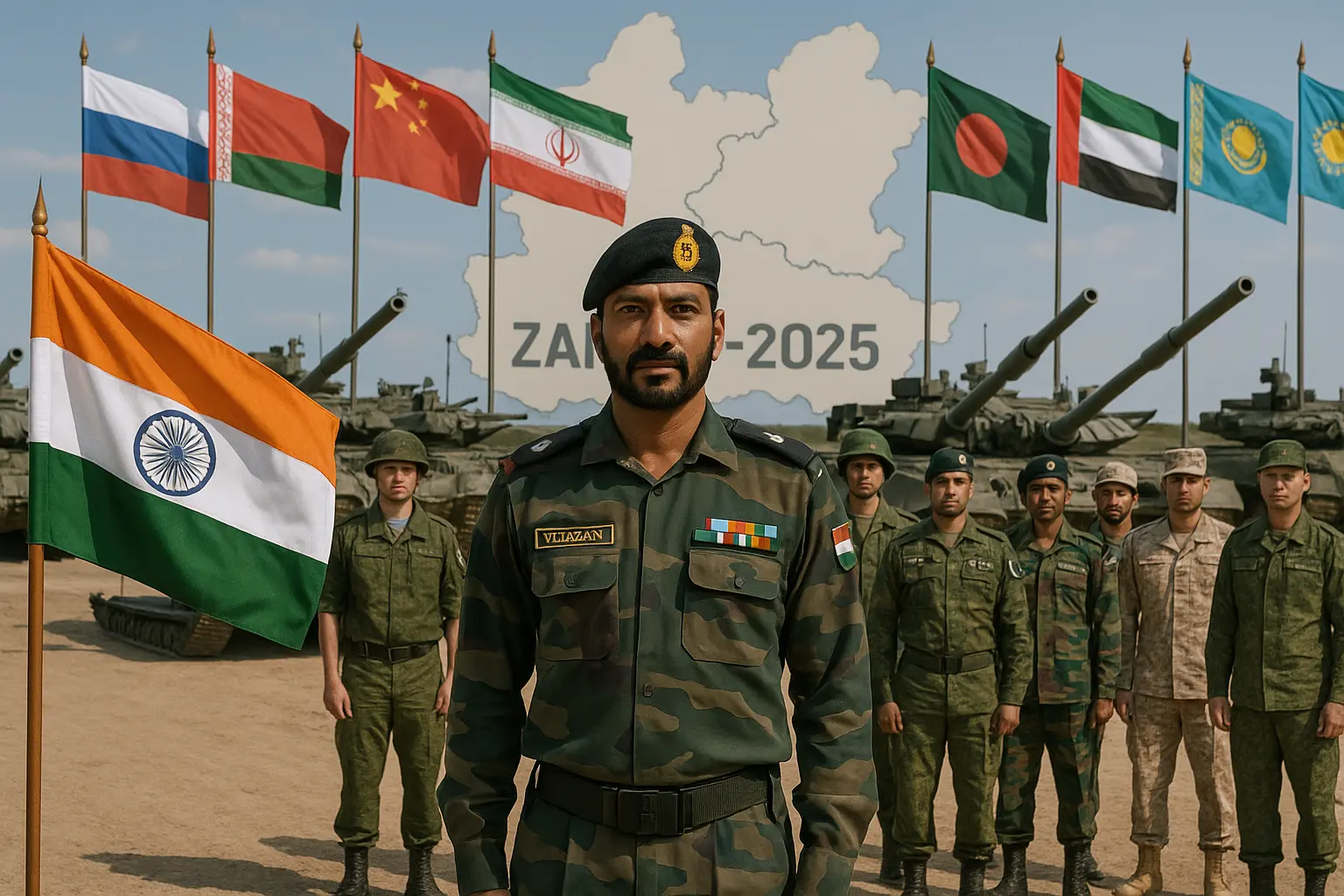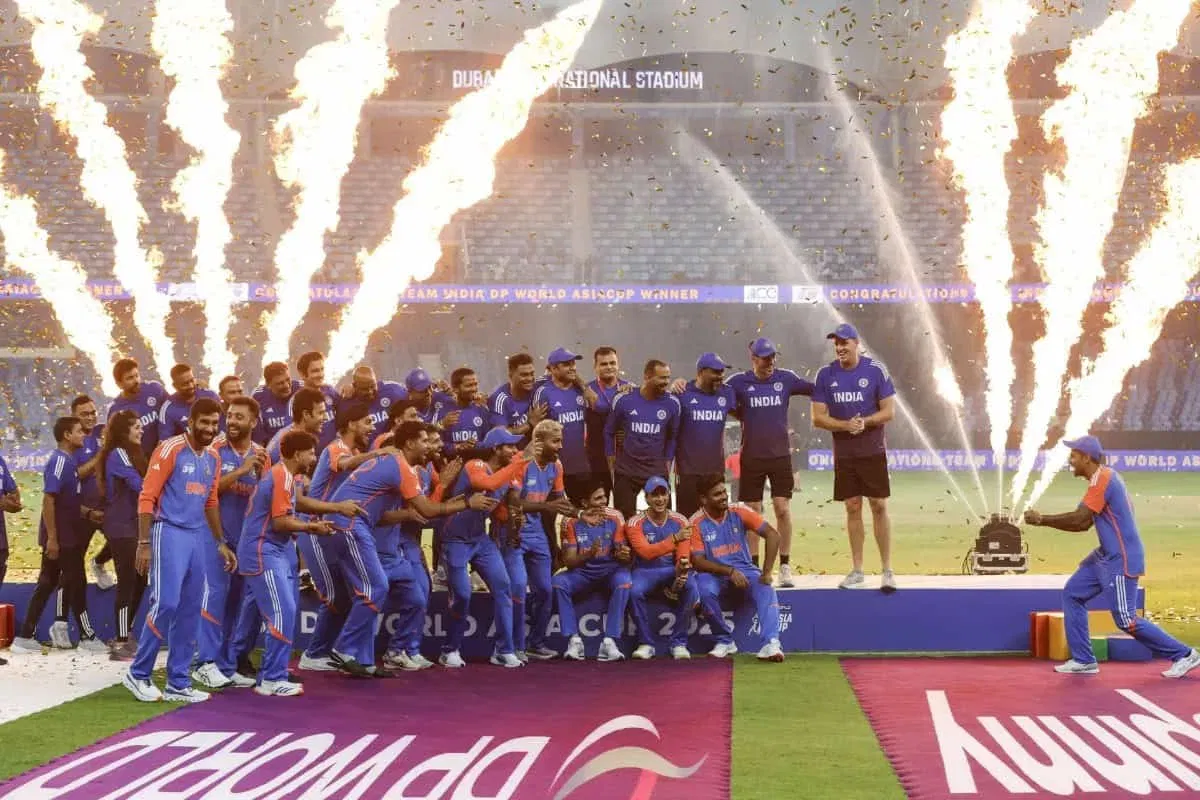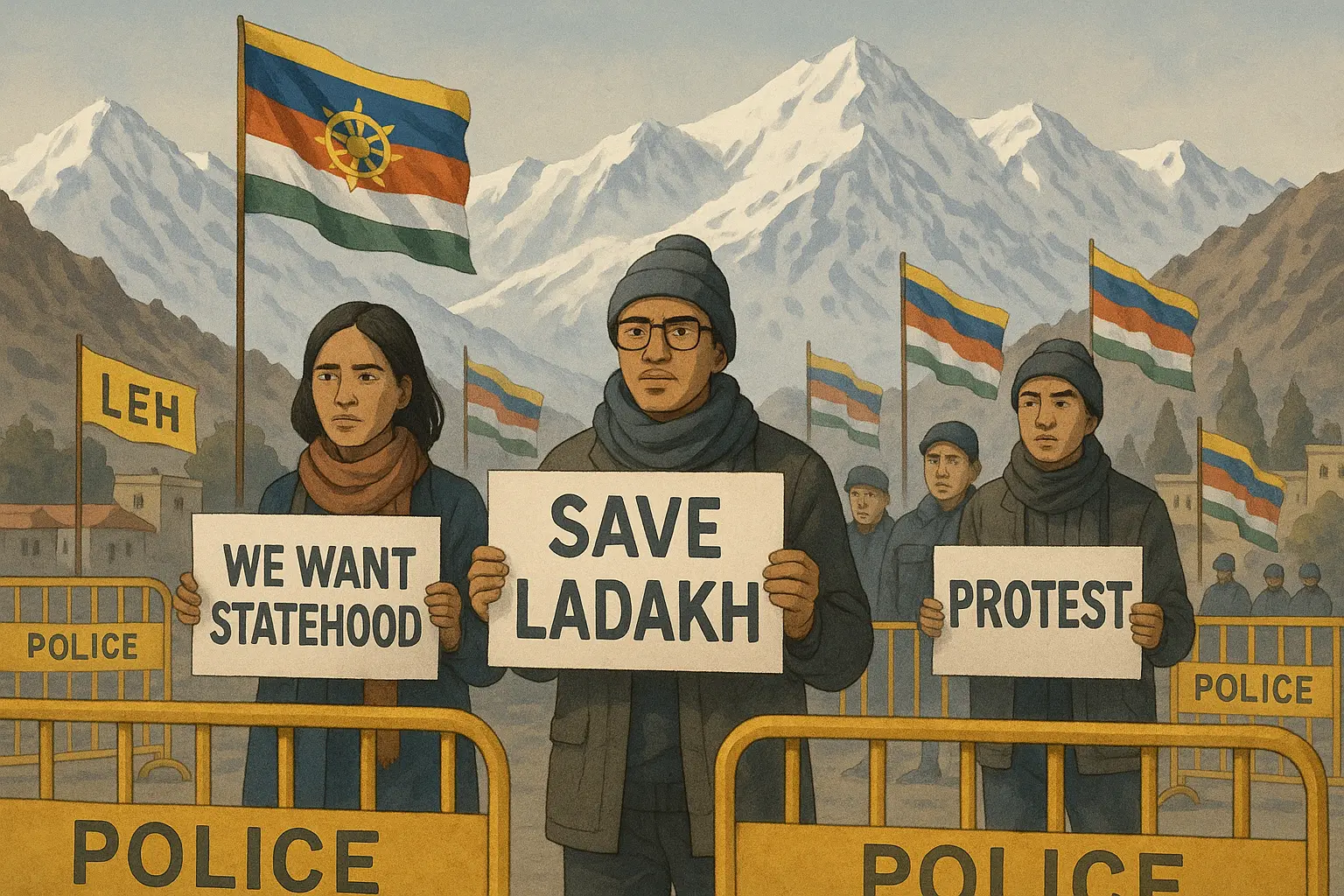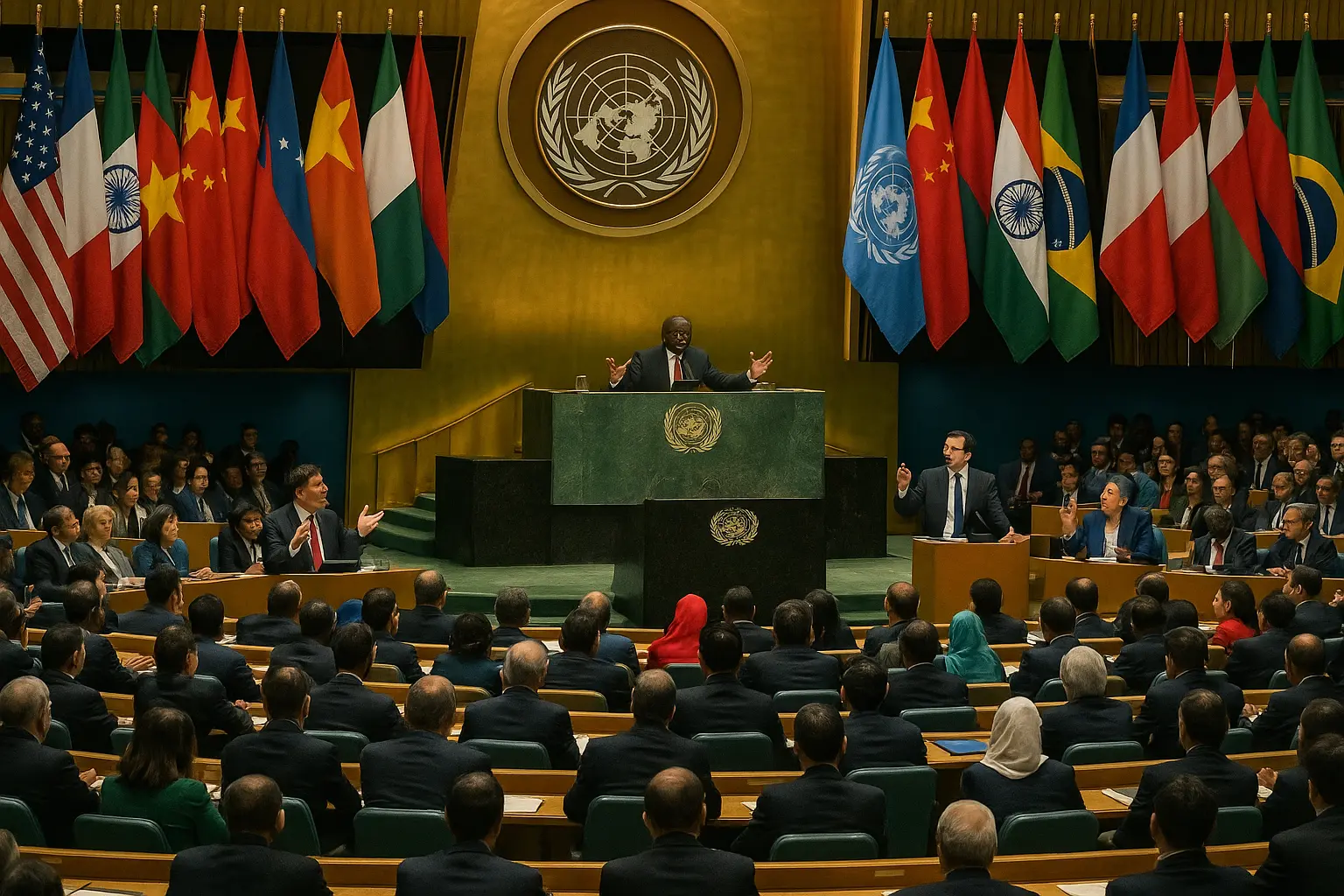India’s Participation in Zapad-2025: Russia–Belarus Drills Made Big News

In today’s shifting world order, every military exercise attracts attention — especially when India is involved. Recently, Western media headlines claimed India had “crossed a red line” by joining Zapad-2025, a large-scale military drill hosted by Russia and Belarus. With just 65 Indian personnel participating, the coverage has been disproportionately intense compared to other countries also taking part. So, why is India singled out? What does this mean for its relations with the West, Russia, and the QUAD? Let’s examine the facts and perspectives.
What is Zapad-2025?
Zapad, meaning “West” in Russian, is a long-standing military exercise conducted by Russia and Belarus. Traditionally, it focuses on joint defence scenarios, logistics, and strategy against potential NATO moves. Western governments and analysts track Zapad closely due to its size and symbolism — especially since Russia’s war in Ukraine.
According to reports, over 20 countries are participating this year, including China, Iran, Pakistan, Bangladesh, Thailand, UAE, Uzbekistan, Kazakhstan, and others. India’s contingent includes members from the Army, Navy, and Air Force, totalling just 65 troops.
Why the Spotlight on India?
Despite multiple countries joining, global media headlines often highlight India specifically. This happens for three reasons:
- Geopolitical Weight – India is seen as a rising power, central to the Indo-Pacific balance, and a crucial partner for both the US and Russia.
- Strategic Ambiguity – India maintains strong defence ties with Russia (supplier of ~60% of India’s military equipment) while also being a member of QUAD (with the US, Japan, and Australia).
- Public Attention – Articles mentioning India often get higher traction globally compared to smaller participants like Bangladesh or Uzbekistan.
Supporters’ View: Strategic Autonomy
Supporters of India’s participation argue that:
- Independent Foreign Policy: India has long followed a non-aligned and multi-vector approach. Participation doesn’t mean endorsement of Russia’s war but reflects India’s right to engage with multiple partners.
- Military Exposure: Zapad allows Indian forces to gain operational insights, training, and exposure to varied scenarios.
- Balanced Diplomacy: By engaging with Russia while also participating in QUAD and Western-led drills like Malabar, India demonstrates true strategic autonomy.
For example, Indian analysts often point out that the US itself sent observers to Zapad-2025 — showing that engagement does not automatically mean alignment.
Critics’ View: Risking Western Trust
Critics, however, caution against the optics:
- Anti-NATO Image: Participating in a Russia–Belarus exercise during an ongoing war against Ukraine risks being interpreted as tacit support for Moscow.
- Impact on QUAD: Partners like Australia and the US may see this as a contradiction to India’s Indo-Pacific commitments.
- Economic Concerns: With India–US trade surpassing $200 billion annually, critics worry such moves could jeopardise Western investment and cooperation in technology, defence, and supply chains.
Some commentators argue that even a small contingent creates “dangerous optics” (The Australian) and could provide justification for critics in Washington or Brussels to pressure India.
Looking Beyond the Headlines
It’s important to note that India was not alone in joining Zapad-2025. Countries with strong Western ties, like Thailand, UAE, Pakistan, and Bangladesh, also participated but faced no comparable scrutiny. Moreover, India often joins Western-led exercises too — including with the US, France, and Japan.
This dual engagement highlights India’s balancing act:
- Russia remains a key defence partner and energy supplier.
- The West is vital for trade, technology, and strategic support in the Indo-Pacific.
In essence, India’s participation signals continuity, not a sudden policy shift.
Conclusion
India’s involvement in Zapad-2025 has sparked debate — but a closer look reveals the participation was symbolic, limited, and part of a broader diplomatic strategy. While critics fear it may weaken India’s ties with the West, supporters see it as an affirmation of independence. The truth lies in between: India is walking a fine line, balancing long-standing defence links with Russia while deepening its partnerships with the US and QUAD. For observers, the key takeaway is clear — always look beyond the headlines before concluding.
Disclaimer: This article is based on publicly available reports and independent analysis. Readers are encouraged to consult multiple sources for a complete picture.









No comments yet. Be the first to comment!